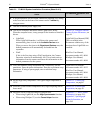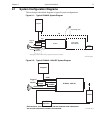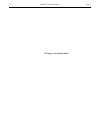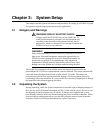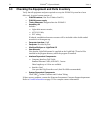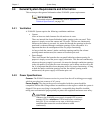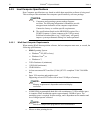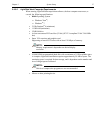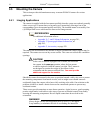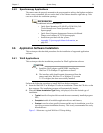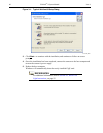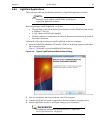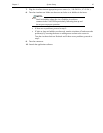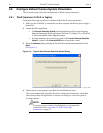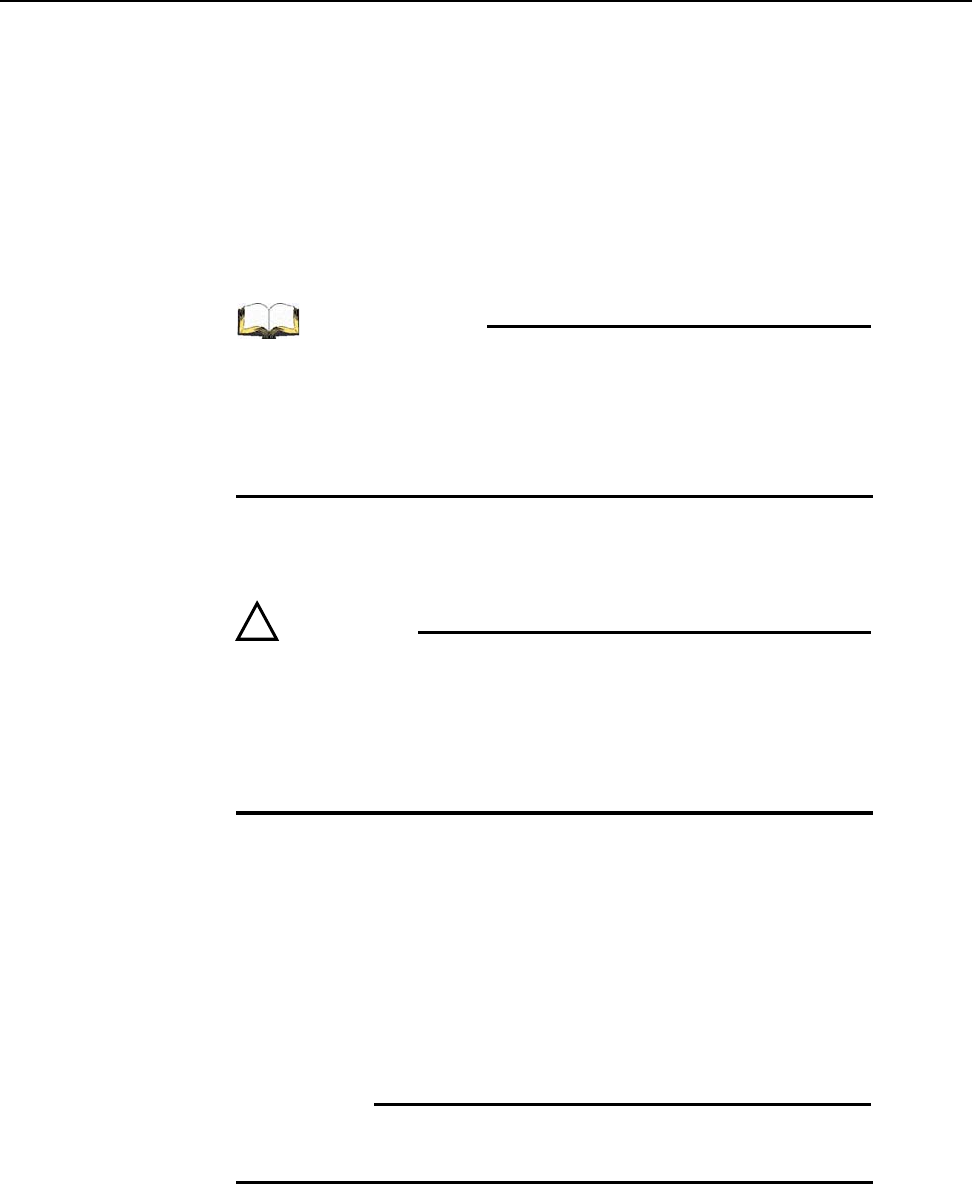
38 PI-MAX
®
4 System Manual Issue 4
3.5 Mounting the Camera
This section provides information necessary to mount PI-MAX4 camera for various
applications.
3.5.1 Imaging Applications
The camera is supplied with the lens mount specified when the system was ordered, normally
either a screw-type C-mount lens or a bayonet type F-mount lens, allowing a lens of the
corresponding type to be mounted quickly and easily. The installed mount is secured by four
(4) Phillips head screws which must be removed to change mounts.
REFERENCES:
For additional information refer to:
• Appendix E, C- and F-Mount Information, on page 281;
• Appendix F, Spectrograph Mount Information, on
page 285;
• Appendix G, Accessories, on page 293.
The camera can be mounted at any attitude or angle but additional camera support may be
required. The camera can rest on any secure surface. Take care not to block the ventilation
openings.
CAUTION!
!
In the case of cameras equipped with F-mount, do not mount
the camera in the
nose-up operation where the lens mount
would be required to hold the camera’s weight. The F-mount is
not designed to sustain the weight of the camera in this
orientation and the camera could pull free.
You must provide
additional support for the camera.
Should the camera be mounted in the nose-up position beneath a table, take care to protect
the mounting components from lateral stresses, such as might occur should someone
accidentally bump the camera with a knee while working at the table. One solution to this
problem would be to install a barrier between the camera and operator to prevent any
accidental contact.
There are no special constraints on nose-down operation. Again, however, good operating
practice might make it advisable to take steps to prevent accidental contact from unduly
stressing the mounting components. Be sure liquid connections do not leak in this
orientation.
WARNING!
Always begin with the lens stopped all the way down (i.e., the largest
f/ stop number,) to minimize the risk of overloading the intensifier.



